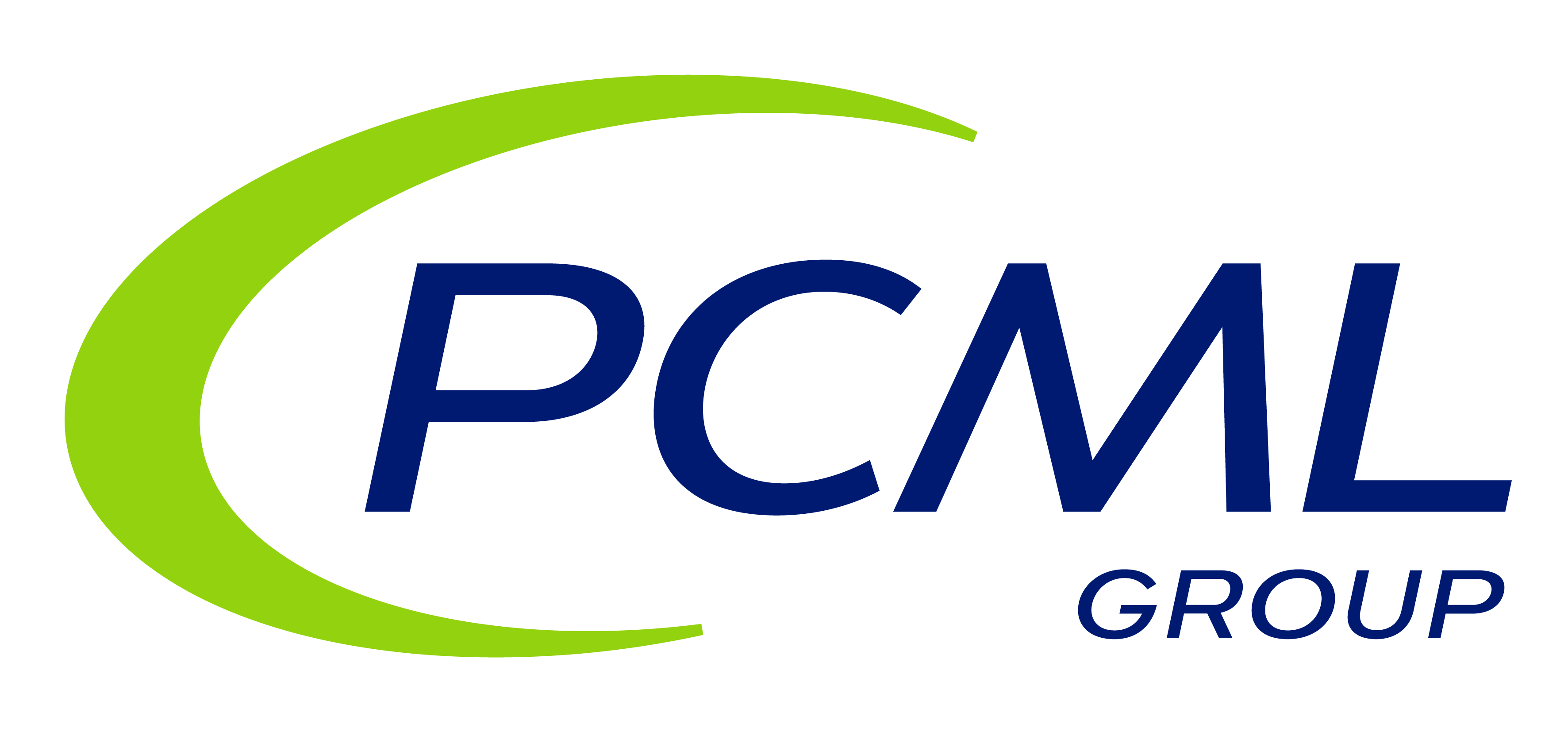Design ideas to aid Design for Manufacture
- Simplify Designs
Reduce the number of features or parts required
This can be done most often by combining parts or designing one part so that it performs several functions.
- Reduce Labour Cost Operations
The more times a product is handled, the more cost is introduced via set-up and verification processes
- Generalised statements on drawings
For instance “Polish surface” or “Corners must be sharp” etc, explicitly define your requirement to mitigate process issues or potential misinterpretation.
- Sharp Corners
Any internal corner should have the maximum allowable radius to allow the use of larger endmills during manufacture, this increases material removal rates and reduces production time and cost.
- Edge breaks
Where possible chamfer external edges rather than fillet, fillets require additional interaction from the operator to maintain the “Blending” between the respective endmills and fillet cutters
- Bespoke tooling
Review market available tooling to mitigate the cost of tool design and manufacture
- Dimensioning to Theoretical points
Where possible define measurements from an easily accessible feature, this reduces the reliance on Co-ordinate measuring machines and in turn cost.
- Geometric Datums and tolerancing
When used correctly GD&T is excellent for conveying design intent and maximum tolerances based on function, however when applied incorrectly can easily cause misinterpretation or introduce additional cost
Some key aspects to remember are as follows
- Datum features must constrain all 6 degrees of freedom
- Datum features must be controlled
- Datum features should only exist if in reference to a tolerance.
- Correct tolerance bands must be used (i.e., cylindrical for positions of an axis, width for position of a plane)
- Majority of positional tolerances can utilise maximum material requirement to allow maximum tolerancing (except in cases of interference fitting
- Tolerances are asymmetric - True position of Ø0.1 would require the holes axis to be contained with a Ø0.1 circle centred around the theoretically exact dimension – this is shown below in figure 2
Figure 2 (Engineering Essentials, n.d.)
Working with you from the early design stages ensures the right design, manufacture and assembly journey for your products
Contact us to discuss your new product idea


